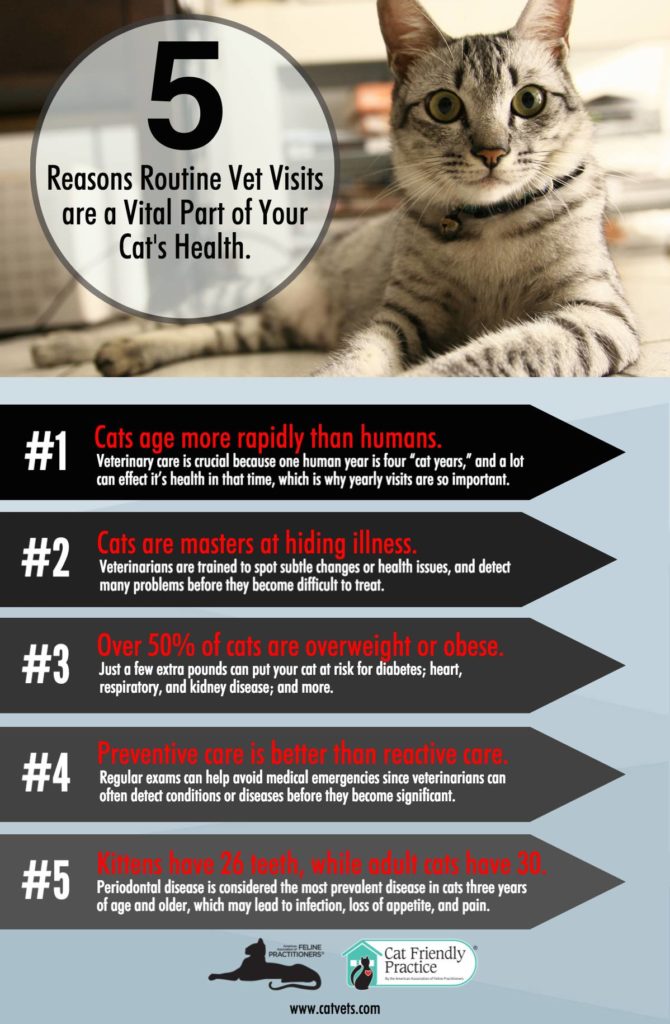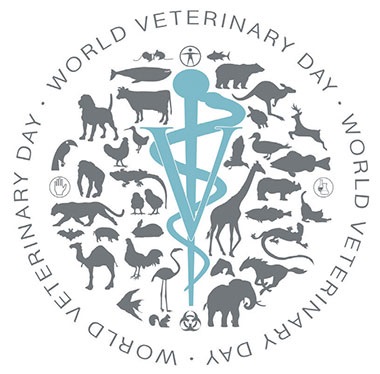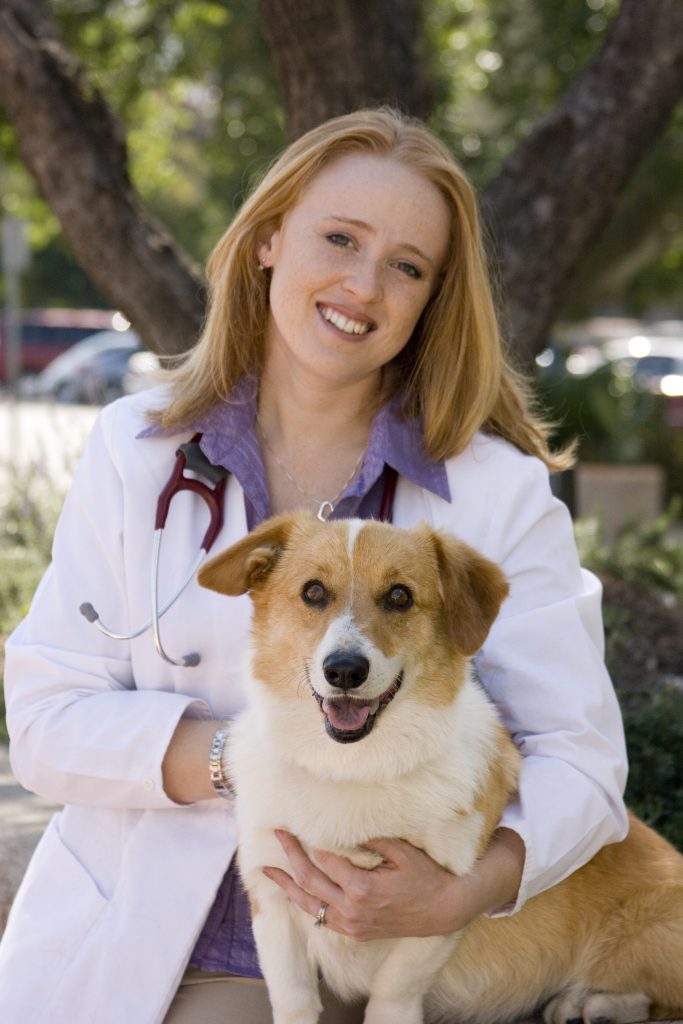Dietary Supplements for Pets and How to Choose Them Wisely
We have a special guest blog this week from VetStem veterinarian, Dr. Amber Vibert. Dr. Vibert discusses dietary supplements for animals and how you can educate yourself to pick the best supplements for your pets. Check it out below.
In 2020, the global value of the human dietary supplement industry was estimated at $170.4 billion with the US market making up $46 billion of that value. Pet markets often follow closely behind the trends of human markets, so it’s no surprise that US pet owners spent $800 million on pet supplements in 2020 (a 21% increase in sales from 2019). It’s a booming industry but it can also be very confusing for pet parents when it comes to not only understanding what dietary supplements are (and what they are not) but also choosing ones that are safe and effective. We are bombarded every day with the marketing of pet products, and unfortunately, when it comes to supplements, good marketing tactics often win over good science.

First, dietary supplements are just that, supplemental. Meaning, that as long as your pet is eating a nutritionally balanced diet, and is overall healthy, there is no need to supplement their diet with vitamins, minerals, herbs, or system-supportive products (e.g., joint support, skin support). Not only is there not a need to supplement but doing so can actually be harmful. However, if your pet has a medical condition, supplements may be beneficial.
Being that dietary supplements, sometimes referred to as “nutraceuticals”, are not considered to be food, food additives, or drugs, they are not regulated by the Food and Drug Administration (FDA). Meaning there is no review of product safety, efficacy, or quality control (i.e., making sure each and every pill in every single bottle contains what the label says it contains). One might think that just requiring FDA approval for supplements would un-muddy the waters and make the world a safer place. However, the process for each new drug application can take years for approval and costs thousands to millions of dollars for the manufacturers which can increase the cost to the consumer. The FDA only gets involved if there is proof that a dietary supplement is unsafe. And I’m just talking about human supplements- pet-specific supplements receive even less governance. So, educating yourself is the best way to find safe and effective products.
The best way to educate yourself about pet supplements is to start with your veterinarian. Your veterinarian has the education and training to help you decide if your pet would benefit from a supplement and which supplements are backed by proven safety and efficacy studies. There is surprisingly little proven data out there for humans or animals regarding the effectiveness of most nutraceuticals. Your veterinarian can also tell you whether a supplement could negatively interact with other medications that your pet is taking. Just because a product is marketed as “natural” doesn’t mean it is safe for your pet.
After speaking with your veterinarian, it’s a good idea to do some of your own homework as well so you can continue to have a well-informed dialogue about keeping your pet safe, happy, and healthy. Click here to read a great article from the American Veterinary Medical Association (AVMA) on pet supplements and links below to the US Pharmacopeia (USP) and Consumerlab.com for information about product testing for verification of safety and quality control of specific products.
USP Verification Services | USP
Independent Tests and Reviews of Vitamin, Mineral, and Herbal Supplements | ConsumerLab.com






